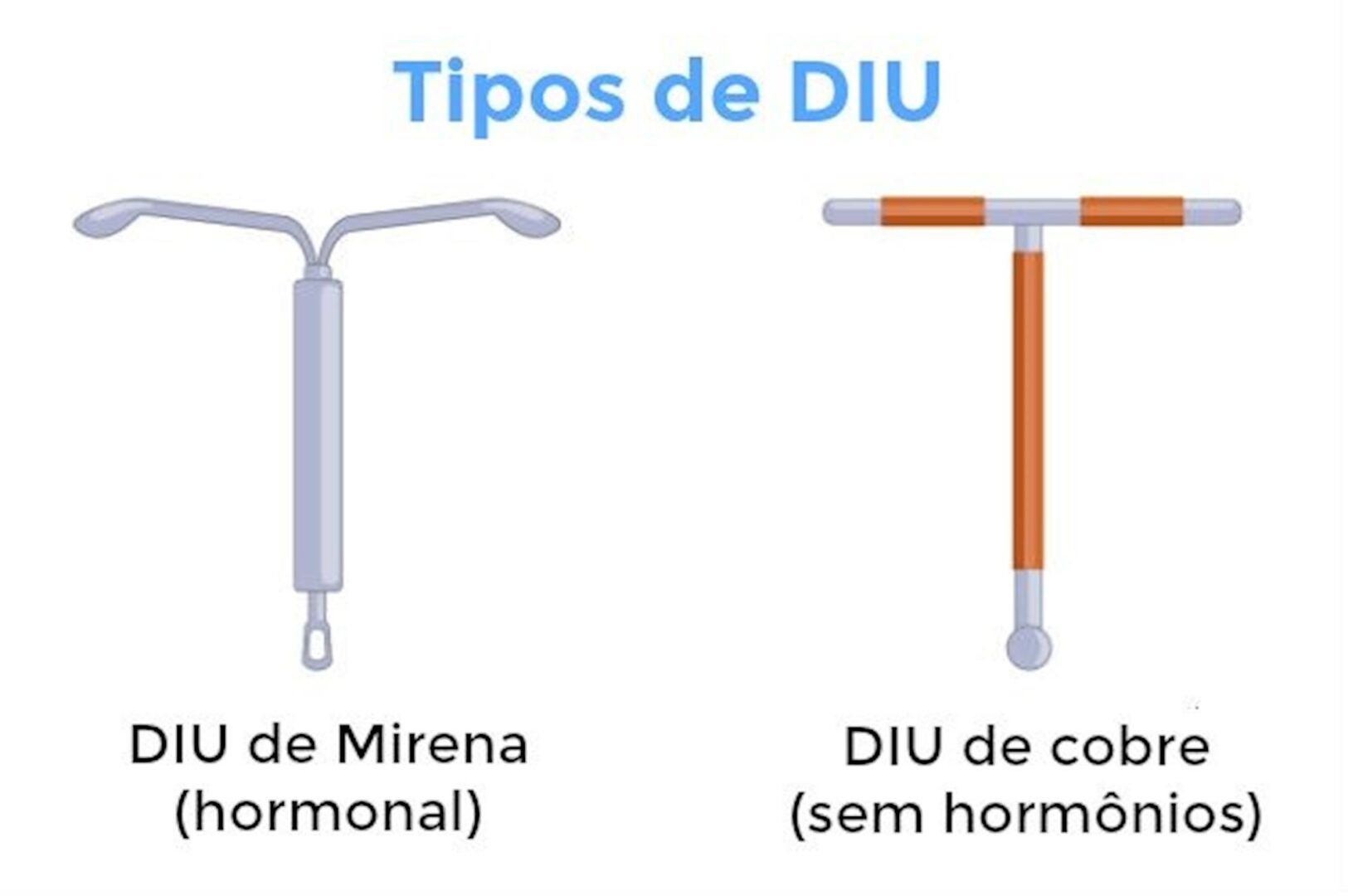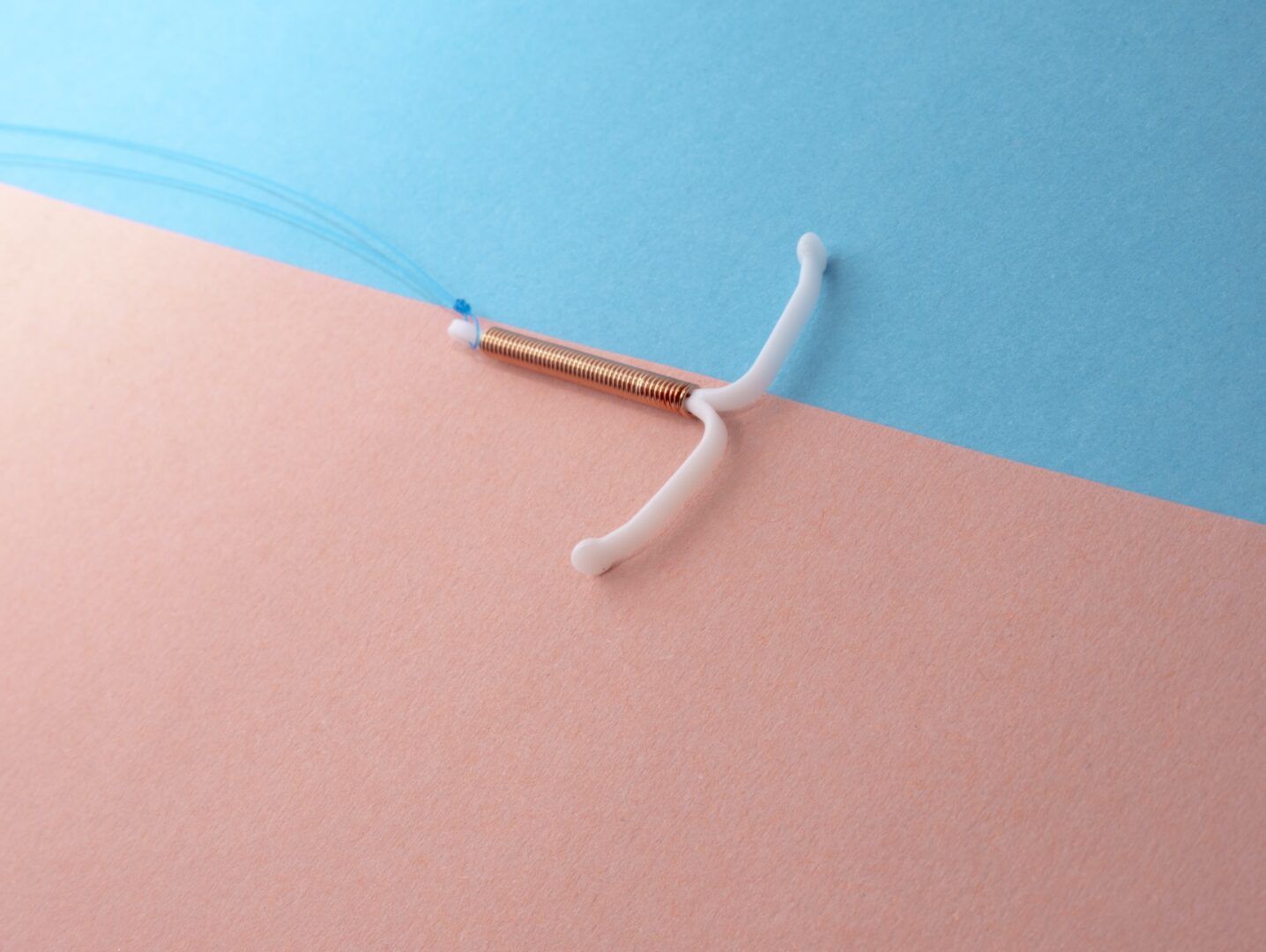The Intra-Uterine Device is one of the safest and most effective contraceptive methods, but do you know how the IUD works?
When talking about contraceptive methods, contraceptives are still one of the most popular. But when it comes to greater effectiveness, durability and practicality, the IUD stands out. The Intra-Uterine Device, also called IUD, is a small “T”-shaped device that is inserted into the uterus to prevent pregnancy. Everyone should know this, but after all, how does the IUD work?
There are two main types of IUDs available today, the copper IUD and the Mirena IUD, and each of them works in a different way. However, both types have the main function of inhibiting pregnancy, being one of the safest contraceptive methods, with efficacy above 99%.
Therefore, today we will better understand how the IUD works in its specifications and how the device is placed, in addition to its effectiveness.
How the IUD works

Before understanding how the IUD works, we need to know the most common types of device used today. You've probably heard about the Mirena IUD, which is hormonal, and the copper IUD, which is hormone-free, right?
Therefore, the copper IUD, as the name suggests, has a malleable rod coated with metal. The Mirena IUD, on the other hand, has a metal-free stem, but contains a specific hormone, levonorgestrel, which will be released inside the uterus after placement.
DIU de Cobre
So how does an IUD work? In the case of the copper IUD, it works by releasing small amounts of the metal into the uterus, which will cause changes in the endometrium, mucus and the motility of the tubes. In other words, copper will prevent the egg from attaching itself to the uterus, at the same time as it reduces the effectiveness of sperm, hindering fertilization.
However, despite being an inflammatory reaction, it does not harm the body, it only makes the uterine region hostile to sperm. Therefore, preventing a pregnancy. The copper IUD, in addition to being very efficient, provides long-lasting protection, for a period of approximately 10 years if it is not removed.
Furthermore, as it does not contain hormones, the copper IUD tends to have fewer side effects, such as changes in mood, weight or decreased libido. Therefore, it can be used at any age and does not interfere with breastfeeding.
SAYS Mirena
In the same sense, the Mirena IUD also makes fertilization difficult, but in this case due to the action of the hormone present in the device. It also prevents the egg from attaching itself to the uterus, causing the mucus in the cervix to become thicker, forming a kind of plug that prevents sperm from reaching the uterus. The Mirena IUD also has a long-lasting protection period, but not as long as the copper IUD, as the hormonal device offers protection for up to 5 years.
But in addition to being an effective method to prevent pregnancy, the Mirena IUD has other advantages, such as reducing the risk of endometrial cancer, reducing menstrual flow and relieving menstrual cramps. Therefore, it can be used for women who are not necessarily looking to avoid pregnancy, but who are undergoing treatment for endometriosis or fibroids.
Advantages and disadvantages of using an IUD

Now that we know how the IUD works, one question remains, despite its effectiveness, is it worth using the method? To decide this, you need to be aware of the advantages and disadvantages provided by the device.
Among the advantages, the first is certainly the practicality and long duration of the method. Once placed it will function normally until it expires. Furthermore, unlike the contraceptive pill, there is no risk of forgetting compromising the effectiveness of the method.
The IUD also does not interfere with intimate contact. And finally, if a woman wants to get pregnant after using the IUD, she can without any problem, as fertility returns to normal after removing the device.
But not everything is rosy, among the disadvantages of the method, we can mention the appearance of anemia after longer and more abundant periods caused by the device. You also have a higher risk of uterine infection. And in the case of a sexually transmitted infection, there is a greater risk of it developing into a more serious disease, pelvic inflammatory disease. Furthermore, the IUD can increase the risk of ectopic pregnancy, that is, pregnancy with the fertilized egg outside the uterus.
How the IUD works: placement

So, he decided to insert the IUD, the question now is how to place it. The Intra-Uterine Device can only be placed on the patient by a gynecologist. Only a specialized professional is qualified to implant the IUD inside the uterus safely and effectively.
However, it is a very simple, painless procedure that lasts around 15 to 20 minutes, and is carried out in the gynecologist's office. But before implantation, it is very important to carry out some tests to rule out any adverse reactions, such as anatomical changes or problems in the region.
The device can be fitted by any woman over the age of 14 and with an active sex life. As for the right time to implant the IUD, it can be done at any period of the menstrual cycle. However, the recommendation is to do this during menstruation, due to the uterus being more dilated during this period, and of course, with the certainty that the patient is not pregnant.
Effectiveness of the IUD

As previously stated, the IUD is one of the safest and most effective contraceptive methods, with a 99% success rate in contraception, and we saw how the IUD works. Therefore, cases of pregnancy while using the IUD correctly are very rare. The chances of getting pregnant using the IUD are 0.2% with the Mirena IUD and 0.7% with the copper IUD.
In the case of the copper IUD, the woman can more easily identify a possible pregnancy. This is because menstruation keeps coming, and it gets late. On the other hand, the Mirena IUD causes many women to stop menstruating, which makes it difficult to notice the first symptoms of pregnancy, which can take up to weeks to appear.
Anyway, what did you think of this article? In fact, take the opportunity to also check out Contraceptives for breastfeeding women – When to use and the options.
Sources: Adolescence Your Health My Life
Images: Folha Meu Laboratório Big Mãe G1 Febras Go




